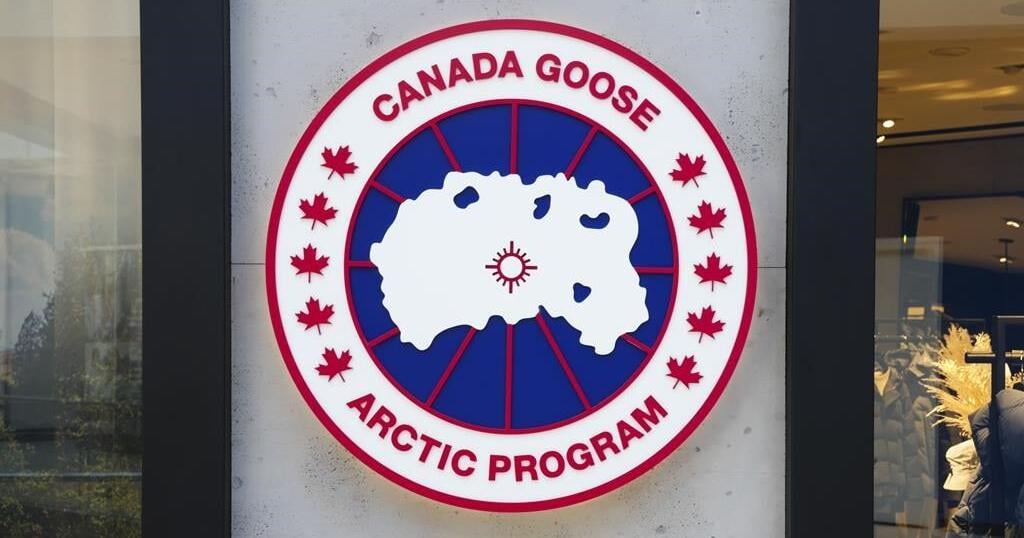Canadians in some provinces and territories will soon be paying a little bit more at the gas station as a federal carbon price is set to go up starting Saturday.

The fuel charge is rising by 30 per cent from $50 per tonne of emissions to $65 on April 1. This will translate to an increase of roughly three cents per litre for gas, reaching a total of 14 cents per litre.
The scheduled increase will apply in Ontario, Manitoba, Saskatchewan, Alberta, Yukon and Nunavut.
Meanwhile, the carbon price jump will go into effect in Newfoundland and Labrador, Nova Scotia, and Prince Edward Island on July 1.
Canada began pricing carbon pollution in 2019.
The move is part of Ottawa’s commitment to tackle climate change with a goal to reach net-zero carbon emissions by 2050.
While Canadians will see an increase at the pumps, the carbon price increase is not expected to have a huge impact on their gas expenses, said Hadrian Mertins-Kirkwood, a senior researcher with the Canadian Centre for Policy Alternatives.
“It’s an incremental increase, but it’s not actually going to be a huge change year-over-year that people will notice ,” he told Global News.
For individuals, it could mean a $1 jump per tank depending on how big the vehicle is, Mertins-Kirkwood estimated. For businesses too, it’s “not a major expense,” he said.
Mertins-Kirkwood said things like oil market fluctuations and gas taxes have a much bigger impact on energy costs.
“Those swings are way bigger than the carbon price.”
The carbon price increase comes amid some temporary relief for Canadians with lower gas prices reported in February after record-high costs last year. Gas prices in Canada surpassed $2 per litre for the first time ever last year.
On a monthly basis, Canadian drivers paid one per cent less for gas in February, Statistics Canada said in its latest report released on March 21. Overall, gas prices dropped by 4.7 per cent in February – which was the first yearly decline since Jan 2021, StatCan reported.
The agency said the year-over-year decline is partially attributed to the significant jump in prices seen in February 2022 amid Russia’s invasion of Ukraine.
The Canadian national average for gas prices stood at 150.8 cents per litre on Friday morning, according to GasBuddy. The CAA’s estimate for Friday was 149 cents per litre.
The carbon tax will not only raise gas prices, but could make its way into Canadian pocketbooks in other ways too.
For instance, aviation gasoline in the four provinces is also going up by roughly 3.5 cents a litre to a total of almost 16 cents per litre, which could potentially mean higher airfares down the line.
However, the rates for aviation gasoline and aviation turbo fuel will remain unchanged in the territories due to the “high reliance” on air transportation, the federal government says.
Light fuel oil, which is used in household equipment, is increasing to 17 cents per litre – an increment of nearly four cents.
Carbon pricing can have also ripple effects on food prices, other grocery items and shipped goods experts say, as Canada’s truck-based transportation industry will be spending more money to fill up the tank.
“It’s possible it could have an impact on things like shipping, but it’s a relatively minor impact,” said Mertins-Kirkwood.
Will rebates make a difference?
Ottawa has claimed that eight out of 10 Canadian families will get more money back than they pay under the federal carbon pricing plan because of the Climate Action Incentive.
Canadians can claim CAI payments by filing annual federal taxes.
Mertins-Kirkwood said most households, except those earning a high income, are “better off” from the carbon pricing due to the government rebate which recycles revenue back to families.
However, the Parliamentary Budget Officer (PBO), an independent watchdog, said in a report last year that a bulk of Canadian households over the long term will see a “net loss” from the federal carbon pricing by 2030-31.
The PBO said that Albertans in the top income quintile would pay the largest net cost from the carbon tax, while the lowest-income quintile households in Saskatchewan stand to see the largest net gain via the rebate.
— With files from Global News’ Craig Lord


























